Railroad Castings and Parts Manufacturing
KEMING is dedicated to providing comprehensive solutions within the railroad industry, specializing in both prototype development and full-scale production of casting parts. Our expertise focuses on producing complex designs with precision and durability, engineered to endure the rigorous mechanical stresses and environmental conditions typical in railroad applications. Our railroad components are widely used in vital systems such as wheel hubs, couplers, brake components, and other critical machinery, significantly improving reliability and performance. KEMING manufactures an extensive range of railroad casting parts, including axle housings, gearboxes, brackets, and structural components for locomotives and railcars.
We offer tailored, end-to-end support to meet the specific demands of each railroad project. Our steadfast commitment to quality, accuracy, and innovation makes us a trusted partner throughout every stage of railroad parts design and manufacturing.
Railway Parts with Precision Casting Technology
Precision casting is highly regarded in the railroad industry for its capability to produce intricate components with outstanding dimensional accuracy. This advanced manufacturing process supports a broad range of metals including stainless steel, alloy steels, and specialty metals that are crucial for the demanding conditions of rail transport. Precision casting enables weight reduction without sacrificing strength, which improves fuel efficiency and overall train performance. Moreover, it reduces the necessity for extensive secondary machining, cutting down production costs and minimizing material waste. Consequently, many essential railroad parts are fabricated using precision casting, benefiting from its ability to deliver durable, precise, and wear-resistant components.

Engine and Drive Components
Key engine and drive parts such as turbine blades, gear housings, crankshafts, and cylinder heads are frequently produced through precision casting. These parts require high accuracy and must withstand mechanical stress, temperature changes, and harsh environments.

Brake and Suspension Components
Brake calipers, suspension brackets, and related hardware used in train braking and suspension systems are precision cast to ensure leak-proof operation, outstanding corrosion resistance, and long service life despite constant exposure to vibration and heavy loads.

Structural and Frame Components
Complex brackets, supports, and mounting fittings integral to the railcar frame and chassis are manufactured using precision casting methods. This technique guarantees the creation of lightweight yet robust parts with intricate geometries essential for structural integrity and safety.

Cooling and Exhaust Systems
Components such as exhaust manifolds, cooling system housings, and heat exchangers benefit from precision casting by achieving precise dimensions and enhanced resistance to thermal cycling, vibration, and corrosion over extended periods of operation.

Safety-Critical Components
Safety-related parts including coupling mechanisms, steering assemblies, and fire suppression system components rely heavily on the exceptional reliability and tight tolerances delivered by precision casting technology, ensuring optimal performance and passenger safety.

Additional Railroad Applications
Other parts such as wheel hubs, decorative trim, instrumentation housings, and specialized fittings can also produced using precision casting. This method excels in producing complex shapes needing precise dimensions for high quality and functionality.
Example Parts of Railroad Casting by KEMING
KEMING, certified with ISO 9001, possesses the expertise to handle all kinds of railroad casting projects.
With two decades of experience in casting, we are dedicated to providing products of the utmost quality.






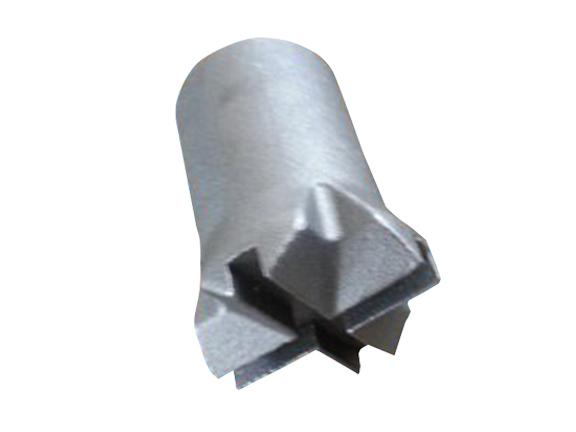

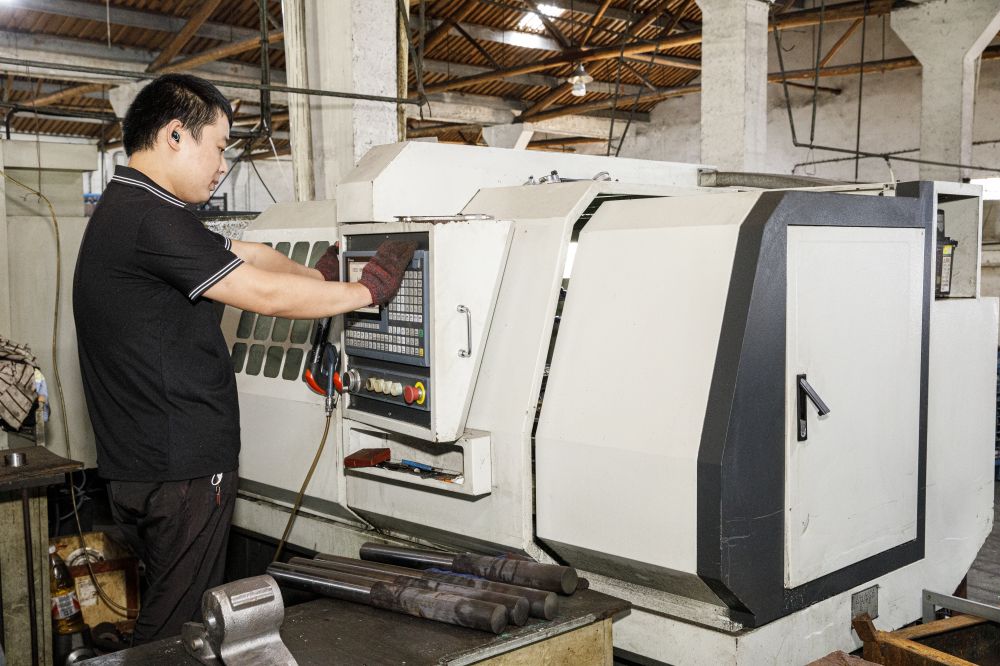
Why Choose KEMINNG as Railway Casting Manufacturer
- Casting Experience: KEMING Casting has over 20 years of expertise in producing high-quality railway components, consistently meeting industry demands for durability and precision.
- Customization Capability: We offer tailored casting solutions with advanced technology, enabling precise customization to meet specific railway project requirements, enhancing performance and integration.
- Quality Assurance: KEMING implements strict quality control protocols, ensuring defect-free products that comply with international railway standards, backed by certifications and rigorous testing processes.
Manufacturing Capabilities for Railroad Casting Project
We focus on various casting techniques to quickly bring your designs to life.
Throughout the entire design and development process of railway castings, we work closely with you to ensure success.

Railroad Investment Castings
Utilizing advanced investment casting techniques, KEMING produces railroad parts with excellent dimensional accuracy and intricate details, made primarily from carbon steel and low alloy steel.
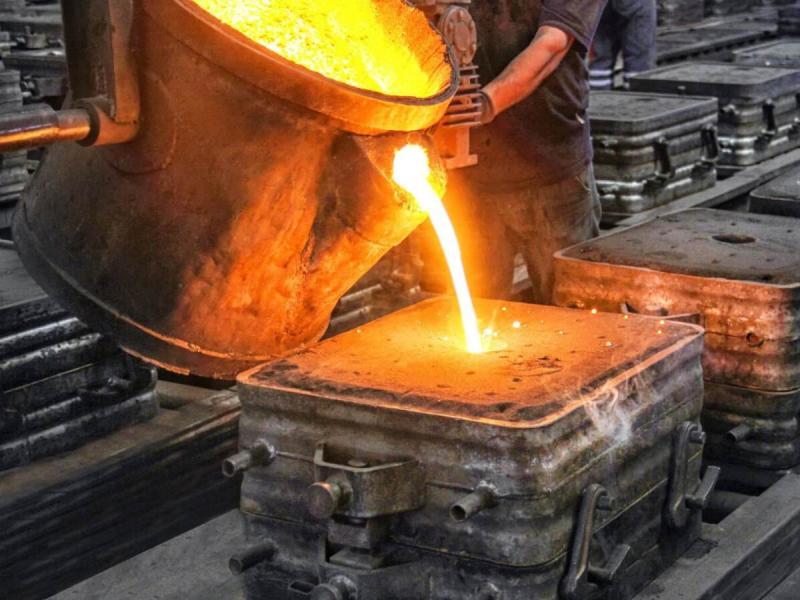
Railroad Shell Castings
Railroad parts use shell mold casting to produce durable, corrosion-resistant rail components with high precision and smooth finishes, minimizing machining and ensuring reliable performance in tough conditions.
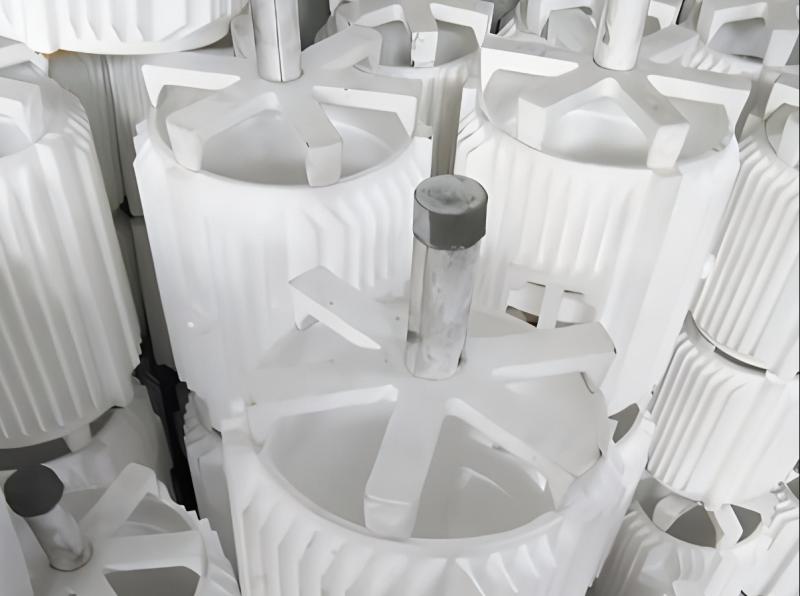
Railroad Lost Foam Castings
Railroad Lost Foam Castings supports transportation by producing strong, lightweight, and precisely designed parts with superior surface quality, improving railroad engine and equipment reliability and efficiency.
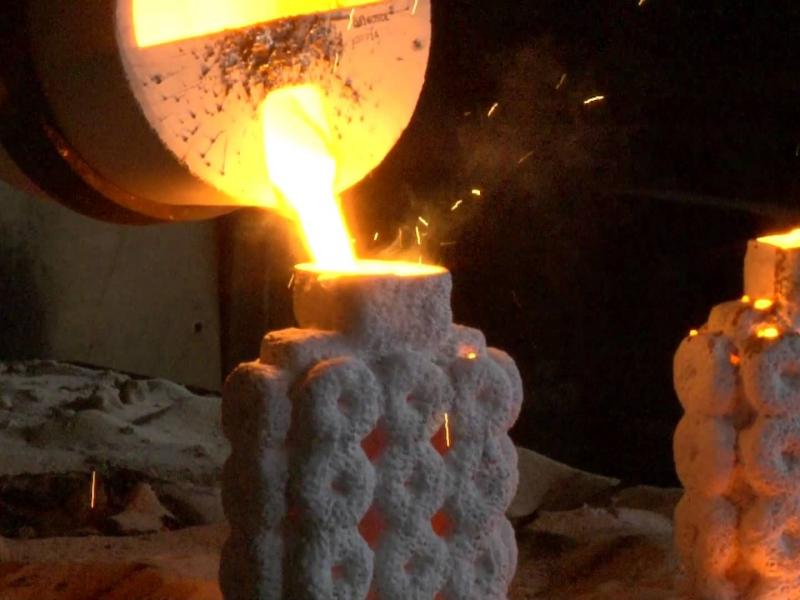
Railroad Lost Wax Castings
Railroad parts use lost wax casting to make detailed, durable components like couplings, brakes, gears, and connectors, ensuring precise, wear-resistant, and reliable performance in tough conditions.
Railroad Casting Metal Materials provided by KEMING
KEMING is a leading manufacturer specializing in premium railroad castings, provided a wide range of ferrous and non-ferrous alloy materials. Our extensive portfolio includes stainless steel, carbon steel, alloy steel, and various iron grades tailored for railroad applications. Utilizing advanced casting techniques such as lost wax investment casting and sand casting, we ensure that every product meets stringent standards for strength, wear resistance, and longevity. KEMING’s stainless steel and alloy steel castings deliver superior toughness and corrosion resistance, essential for components exposed to heavy loads and environmental stress. Whether for track components, couplings, or structural parts, our materials provide the reliability and performance required in the railroad industry.
Metal Type
Recommended Processes
Example Parts
Steel
Investment Casting, Shell Sand Casting
Coupling rods, valve gears, brake beams, metal bolsters
Stainless Steel
Investment Casting, Shell Sand Casting
Fastening Systems, Bearing Housings, valve parts
Alloy Steel
Shell Sand Casting
Gears, shafts, coupling components
Carbon Steel
Shell Sand Casting
Couplers, Yokes, brake beams, bolsters
Grey Iron
Shell Sand Casting, Lost Foam Casting
Brake Shoes, brake blocks, engine blocks
Ductile Iron
Shell Sand Casting,Lost Foam Casting
Couplers, knuckles, bogie frames, axle boxes
Aluminum
Shell Sand Casting, Lost Wax Casting
Housings, covers, rail clips, brackets
Surface Treatments for Marine Casting Parts
Surface treatments for railroad casting parts are essential to enhance their corrosion resistance, wear resistance, appearance, and overall durability. KEMING railroad casting manufacturers combine these surface treatments with machining and heat treatment to meet the stringent quality and safety requirements of the railway industry.

Heat Treatment
Post-casting heat treatments such as hardening, annealing, and tempering improve mechanical properties like strength, hardness. These improvements indirectly contribute to better surface durability and overall performance of the material.
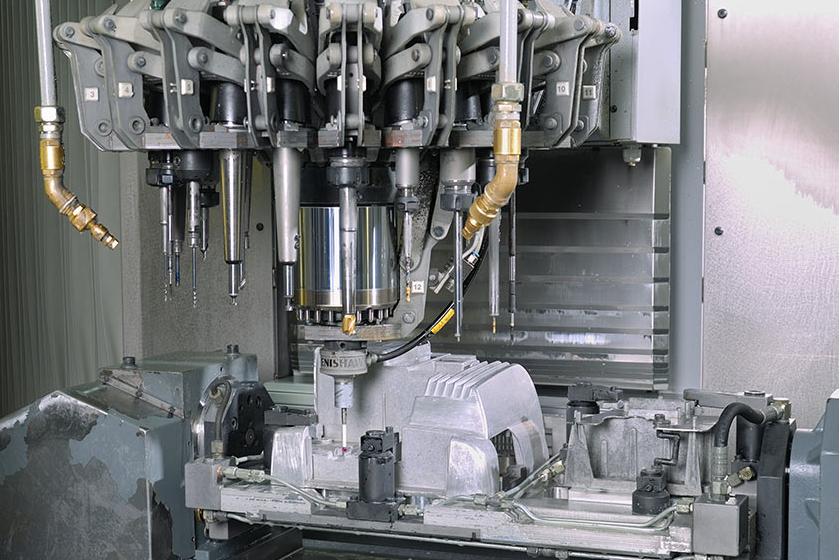
Mechanical Polishing
Combined with machining and polishing can achieve smooth, burr-free surfaces. It helps achieve specific functional or aesthetic requirements, improving the casting parts appearance, texture, and performance in various applications.
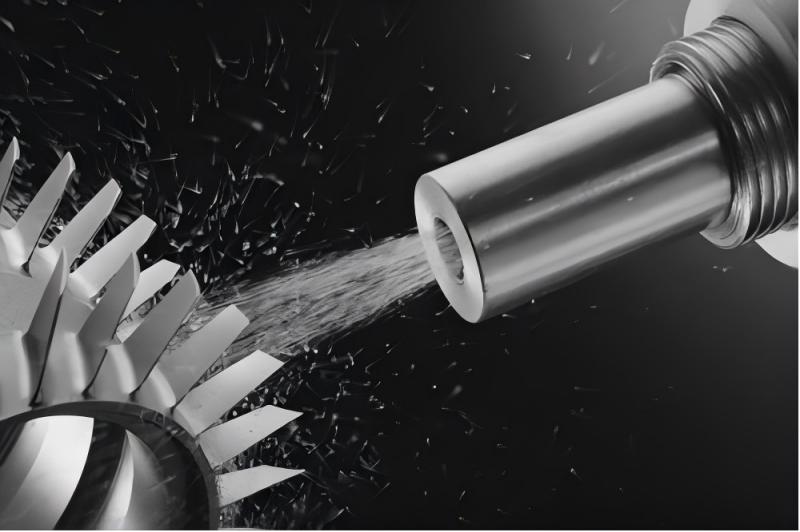
Shot Blasting & Sand Blasting
Mechanical surface treatments that clean, remove imperfections, and prepare the surface for subsequent coatings or painting. These processes also improve adhesion for coatings and enhance surface uniformity.
FAQs About Railroad Castings
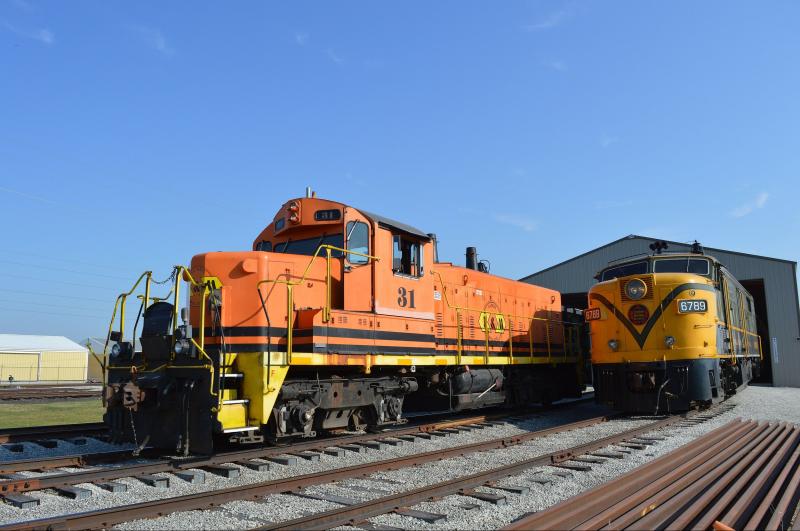
What are railroad castings?
Railroad castings are metal parts created by pouring molten metal into specially designed molds that match the shape of the desired component. These durable castings play a crucial role in the railway industry, being used in a wide range of applications such as parts inside carriages, trucks, and wagons.
What casting processes are used for railroad parts?
Common casting methods for railway components include sand casting, shell molding, and investment casting. Sand casting involves creating a sand mold around a pattern, then pouring molten metal into the mold. Shell molding uses resin-coated sand for more precision. Investment casting is highly valued in the railway sector for producing precise and durable parts such as signaling valves and brake calipers.
What materials are typically used in railroad castings?
Railroad castings typically use materials such as cast iron, steel, ductile iron, and sometimes aluminum alloys. Cast iron is favored for its high compressive strength, hardness, wear resistance, and vibration damping, making it ideal for wheels, couplers, and switches. Steel and ductile iron are also common due to their strength and durability for various rail components. Aluminum alloys may be used for lighter parts.
How is quality controlled in railroad castings?
Quality control in railroad castings involves strict inspection throughout production and after casting. Key steps include material selection, precise mold design, and controlled casting processes like investment or sand casting. Inspections by KEMING use destructive testing, non-destructive methods (ultrasonic, radiographic), and dimensional checks with CMM. Surface finishing, heat treatment, and metallographic analysis ensure mechanical properties and defect-free castings suitable for tough railway conditions.
How are railroad castings finished?
After cooling, castings undergo gating removal, grinding, cleaning, and machining if necessary to achieve the desired finish and tolerances. Quality control includes metallurgical approval and dimensional checks to ensure compliance with specifications.
What is the production lead time for railroad casting parts?
The production lead time for railroad casting parts typically ranges from 4-5 weeks, depending on the complexity and type of casting process used, such as investment casting or ductile iron casting. For new or complex parts, this time may extend up to 5-6 weeks due to tooling, sampling, inspections, and production setup. Early communication with KEMING can help align schedules and potentially reduce lead times.
Put Your Railroad Parts Into Production with KEMING Today
All information and uploads are secure and confidential.
